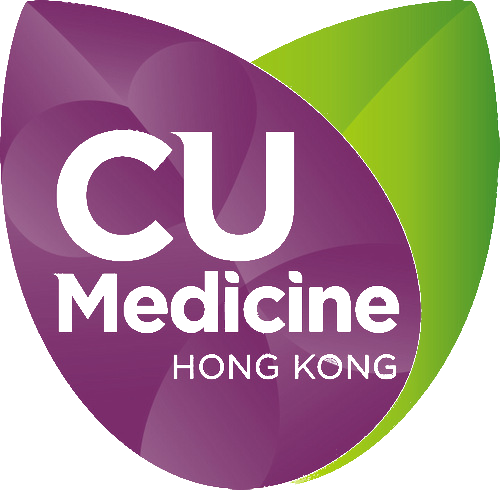The objective of this course is to familiarize students with the SAS software for pharmaceutical application. The course starts with the introduction of basic SAS skills followed by using SAS to draw tables, figures, and listings (TFL) and to analyze medical data. Practical scenarios will be given to students to understand the needs of SAS in pharmaceutical industry.
| Topic |
Contents/fundamental concepts |
- Introduction to SAS programming I
|
- Understand SAS window environment
- Interface and user manual
- Reading SAS Log
- Folder management
- DATA step and PROC step
- Manipulating data with DATA STEP
- Input and output control
- Summarizing data
- Reading and writing data
- Data transformation
- Using IF-THEN statement
|
- Introduction to SAS programming II
|
- Processing data iteratively (e.g. DO loop)
- Using SAS Procedures e.g. PROC PRINT, SORT, FORMAT
- Joining tables (e.g. SET and MERGE)
|
- Use SAS to present your data
|
- Report writing (e.g. using PROC REPORT)
- Summary reports
- Customized reports
- Draw figures using PROC PLOT, GPLOT
- Using PROC TABULATE to draw tables
- Tables with different dimensions
- Handle percentages
- Format tables
- ODS output
|
- Advance SAS programming technique
|
- SQL procedure
- Retrieve data from a single table/multiple tables
- Create and update data
- Practical problem
- SAS macro language
|
- Data analysis on medical statistics
|
- Using SAS to perform data analysis through examples of practical problems:
- Descriptive statistics: PROC MEANS, UNIVARIATE, FREQ
- T-test: PROC TTEST
- Non-parametric tests: PROC NPAR1WAY
- Analysis of variance: PROC ANOVA, GLM
- Correlation and Regression: PROC CORR, REG
|
- SAS application for pharmaceutical Industry
|
- Understand the clinical study
- Randomization
- Preparing clinical trial data
- Classifying clinical trial data e.g. demographics, medical history, and adverse events
- Creating analysis datasets
- Clinical trial Tables and Listings
- Common clinical trials graph
- Performing common analysis:
- Categorical data analysis
- Continues data analysis
- Time-to-event analysis
- Correlation analysis
- Exporting data
|
- Industry Regulations and Standards
|
- Drug development process
- Good programming practice
- International Conference on Harmonization (ICH)
- Clinical Data Interchange Standards Consortium (CDISC)
|

